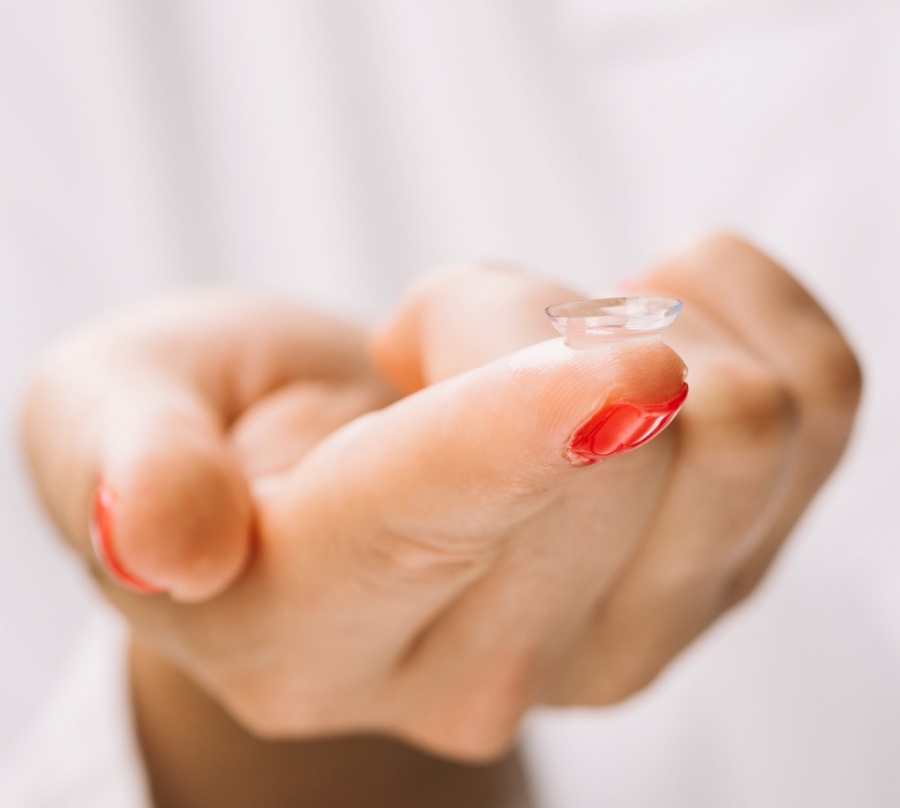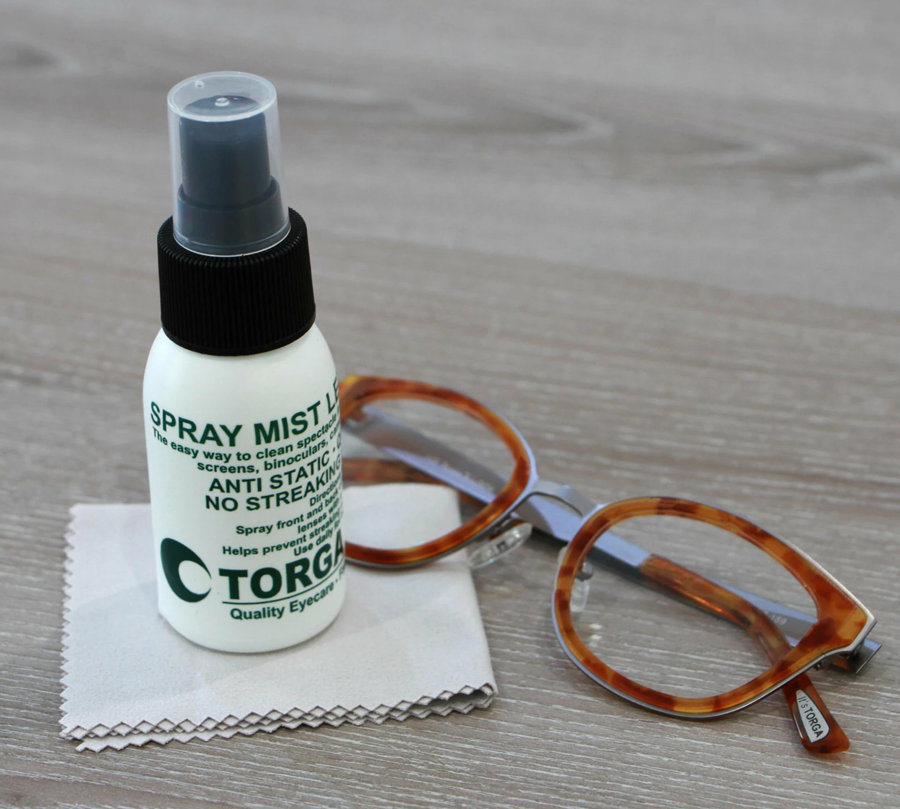Having healthy eyes is something that many take for granted. But when one doesn’t have it, one’s quality of life is severely compromised.
Just like diet can have a direct impact when it comes to reducing the risk of various diseases, so can diet reduce the risks of developing numerous eye maladies. Many scientific studies have proven that nutrition has a massive effect on vision issues and vision-related diseases including dry-eyes, glaucoma, cataracts and macular degeneration.
So, in the interests of maintaining good eye health, we’ve made it easy for you by listing the five best food groups that, if consumed healthily, will help to preserve your vision.
- Antioxidants, antioxidants, antioxidants!
Yes, this has been a buzz word for what seems like forever – but, for good reason.
Vitamin C
Found in many easily accessible fruits (think citrus and berries) and vegetables, vitamin C (ascorbic acid) is an antioxidant that shows to significantly lower the risk of developing cataracts. Combine vitamin C with other essential nutrients, it has been scientifically shown to also slow the progression of age-related macular degeneration and the loss of visual acuity.
Vitamin E
Nuts, sweet potatoes and fortified cereals are an excellent source of another powerful antioxidant: vitamin E. Research indicates it protects cells in the eyes from unstable molecules called free radicals, which break down healthy tissue.
- Nutrients: Lutein & Zeaxanthin
Lutein and zeaxanthin are important nutrients found in green leafy vegetables (such as kale and spinach) and yellow vegetables, as well as in the yolks of eggs. Many studies show that lutein and zeaxanthin reduce the risk of chronic eye diseases, including age-related macular degeneration, glaucoma and cataracts.
- Vitamin D
Do you suffer from dry eye syndrome? Pretty much anyone who uses a digital device will probably experience dry eyes from time to time. Dry eyes are a common symptom of digital eye strain, which has become so commonplace that it's even been given its medical term: Computer Vision Syndrome. When one is reading off of a screen, the eyes have to constantly refocus and reposition to the process content. As a result, one doesn't blink as often. Blinking moisturises the front of the eye. The average person blinks around 16 times per minute. This is halved when using a digital device.
Diet can help to add extra moisture to the eyes to alleviate this modern-day malaise. Just add the following to your diet: fatty fish (like tuna, mackerel, and salmon); foods fortified with vitamin D, like some dairy products, orange juice, soy milk, and cereals, as well as liver, cheese and egg yolks. And of course, drink lots and lots of water!
- Essential Fatty Acids
Fats are a necessary part of the human diet. They maintain the integrity of the nervous system, fuel cells and boost the immune system. Research shows Omega-3 fatty acids are important for proper visual development and retinal function. Fatty acids also work very effectively to alleviate dry eyes. Nuts, seeds, soy products, beans, whole grains, and leafy vegetables all contain varying amounts of essential fatty acids.
- Zinc
Zinc is an essential trace mineral or "helper molecule." It plays a vital role in bringing vitamin A from the liver to the retina to produce melanin, which is the protective pigment in the eyes. Zinc is highly concentrated in the eye, mostly in the retina and choroid (the vascular tissue layer lying under the retina). So, start adding grass-fed beef and lamb to your diet; oysters are also a good source of zinc; more nuts and luckily lots dark chocolate.
There's no substitute for the quality of life that good vision provides! By just adding a few of the above-mentioned ingredients to your daily diet you can improve your eye health.
Speak to one of the professional Torga optometrists for more insights into the health of your eyes.
Image source:<a href="http://www.freepik.com">Designed by Freepik</a>
























